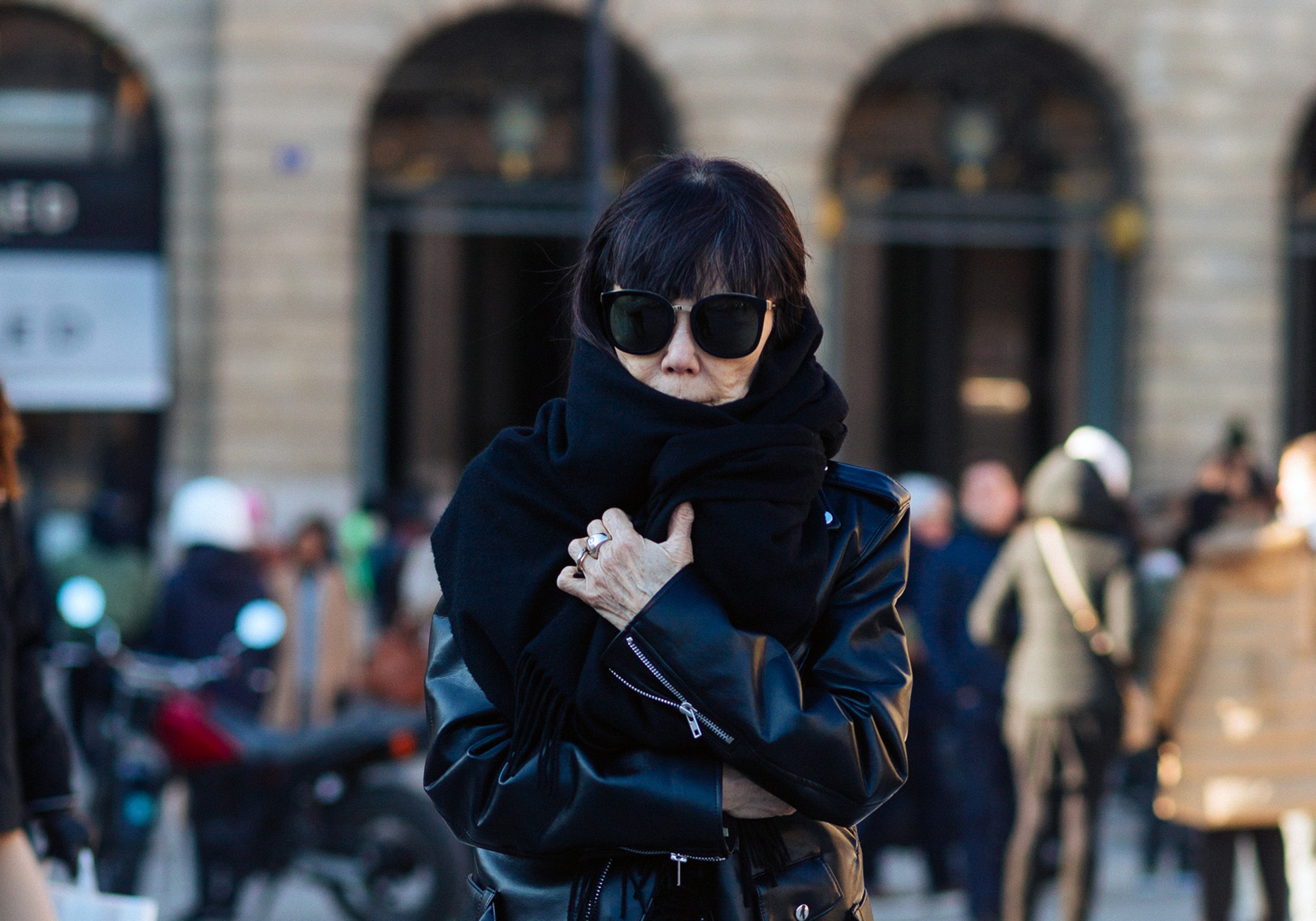
The inspiration for this year’s annual Met Gala (often referred to as “the biggest night in fashion”) and Costume Institute exhibit at the Metropolitan Museum of Art is iconoclastic designer Rei Kawakubo, the 74-year-old mastermind behind the clothing line Comme des Garçons.
If you’re not familiar with who Rei is, that’s exactly what she would want — the mysterious designer is known for her extreme privacy, preferring to stay aloof and as much out of the public eye as possible as opposed to swanning with fashion’s elite. As much as Rei would prefer to stay out of the spotlight, however, she can’t stop the success of her design work, which has earned her a cult following. Her highly conceptual collections have been hailed by critics in all fields, garnering labels running the gamut from radical to political. Her vision and range has inspired everyone from industry vets like Karl Lagerfeld and Dries Van Noten to rapper and aspiring fashion designer Kanye West, which is why it should come as no surprise that she’s the first designer to be honored as the subject of a show while still alive since Yves Saint Laurent was featured in 1983.
Ahead of the Met Gala (which Rei told Vogue is “a Met show for Comme des Garçons, not a Comme des Garçons show at the Met”) next Monday, here are 7 things you should know about Rei Kawakubo, as well as a look back at her most eye-catching designs over the years.
She’s been in the fashion business for almost 50 years: Despite not having any formal fashion training (she opted to study art and literature,) and armed with experience in a textiles factory and freelance styling work, Rei created her own clothing line named Comme des Garçons in 1969, which became incorporated in 1973. According to ELLE, the moniker came from a Françoise Hardy song lyric that roughly translated to “like the boys.”
In the years since she founded the label, it’s expanded to include a men’s line, Homme Comme des Garçons plus several other individual lines. She’s also created a line of stores called Dover Street Market, which carry Commes des Garçons as well as a carefully curated selection of other designers.
She’s credited with “inventing black” and her aesthetic is entirely her own: Rei’s aesthetic has been lauded and reviled by turn in the fashion industry for its distinctive and unconventional look. Her early work was marked by casual cuts and lots of black — so much black, in fact, that the Harvard Graduate School of Design offered the rationale that “Rei invented black as a color” when honoring her with an Excellence in Design award in 2000. Her later work evolved to conceptual and abstract designs less suited for the rigors of daily life and more as a testament to structural feats — pieces marked by the use of wool felt and metal wiring, gargantuan proportions, and intentional wear and tear.
Her legion success doesn’t appear all that commercially motivated: Rei doesn’t seem concerned with the success of her collections or with receiving affirmation on her design work, going so far as to tell ELLE that she every time before a collection, she tells herself, “I don’t want it to come out. I want to cancel it. It’s not good. I haven’t achieved anything.”
She’s helped mentor a new generation of fashion designers: While most of fashion’s biggest names have cut their teeth at the atelier of an established designer, Rei has helped to foster some of the most exciting young talent being recognized today. Her most visible and successful protégé to date is Junya Watanabe, who began as a patternmaker and was subsequently given his own label by Rei in 1992. According to Business of Fashion, Rei will often offer those who have worked under her their own lines, separate but within the Comme des Garçons world. Watanabe’s eponymous line is under the Comme des Garçon’s name, as are other offspring of Rei’s house, like Ganryu’s Fumito Ganryu and Noir by Kei Nomiya’s Kei Ninomiya. Others have learned and grown under Rei’s lead, but left the world of Comme des Garçons to create their own companies, like the husband and wife duo of Chitose Abe and Junichi Abe, who helm Sacai and Kolor respectively.
She has a posse of loyal celebrity followers: Rei’s highly conceptual and at times, bizarre designs haven’t scared away fans; in fact, she’s a favorite of celebrity clotheshorses like Kanye West, Pharrell, Lady Gaga, Russell Westbrook, and A$AP Rocky. Her number one fan, however, is entertainment legend and camp champion John Waters, who referred to Rei as his “god” in his book Role Models.
In the text, Waters also wrote that “Comme des Garçons (like some boys) is my favorite line of clothing, designed by the genius fashion dictator Rei Kawakubo.” In addition to being Comme des Garçons’ biggest cheerleader, Waters has walked the runway for Rei and is so friendly with the designer that he accepted a CFDA award on her behalf.
She’s notoriously private and rarely gives interviews: While many designers are the face of their labels (Chanel’s Karl Lagerfeld or Alexander Wang and his eponymous label come to mind,) Rei has remained infamously private during her time as a designer, skirting public events and media outlets and handing out the rare interview sparingly. According to a profile of her from the New Yorker, Rei values staying out of the public eye so much that she has stopped taking the traditional bow at the end of her runway shows.
Even her marriage skews towards the unconventional: Rei is married to Adrian Joffe, a South African linguist fluent in seveal languages including Japanese, who acts as the president of Comme des Garçons and Dover Street Market.
According to a New Yorker profile about Rei, Joffe often acts as her interpreter and media liaison. The same profile also notes that Joffe and Rei live separately, with him taking residence in Paris and her living in Tokyo; however, according to Joffe, they see each other about once a month and in between producing the fashion collections, they take vacations to locales like Yemen or Romania.
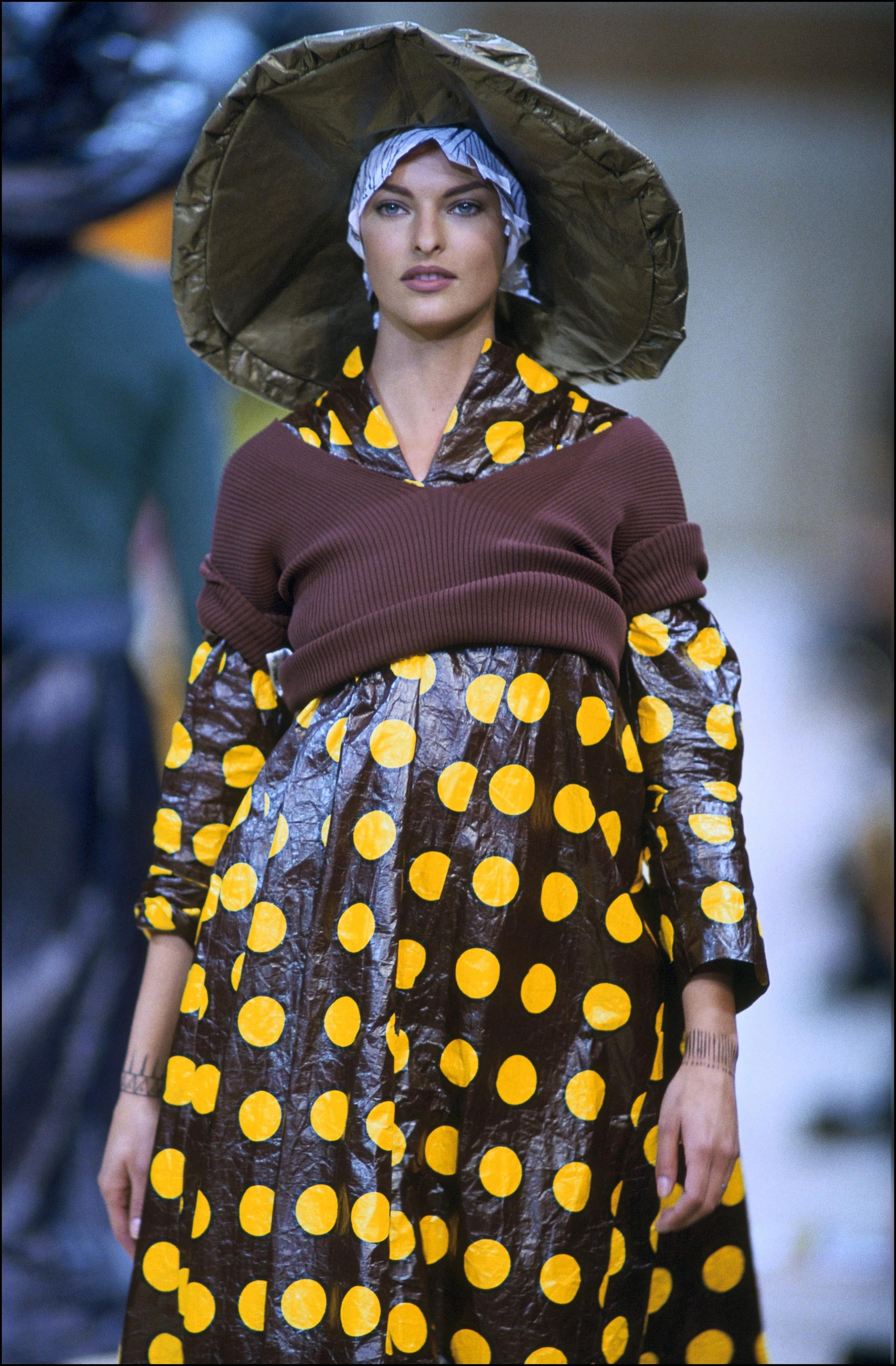
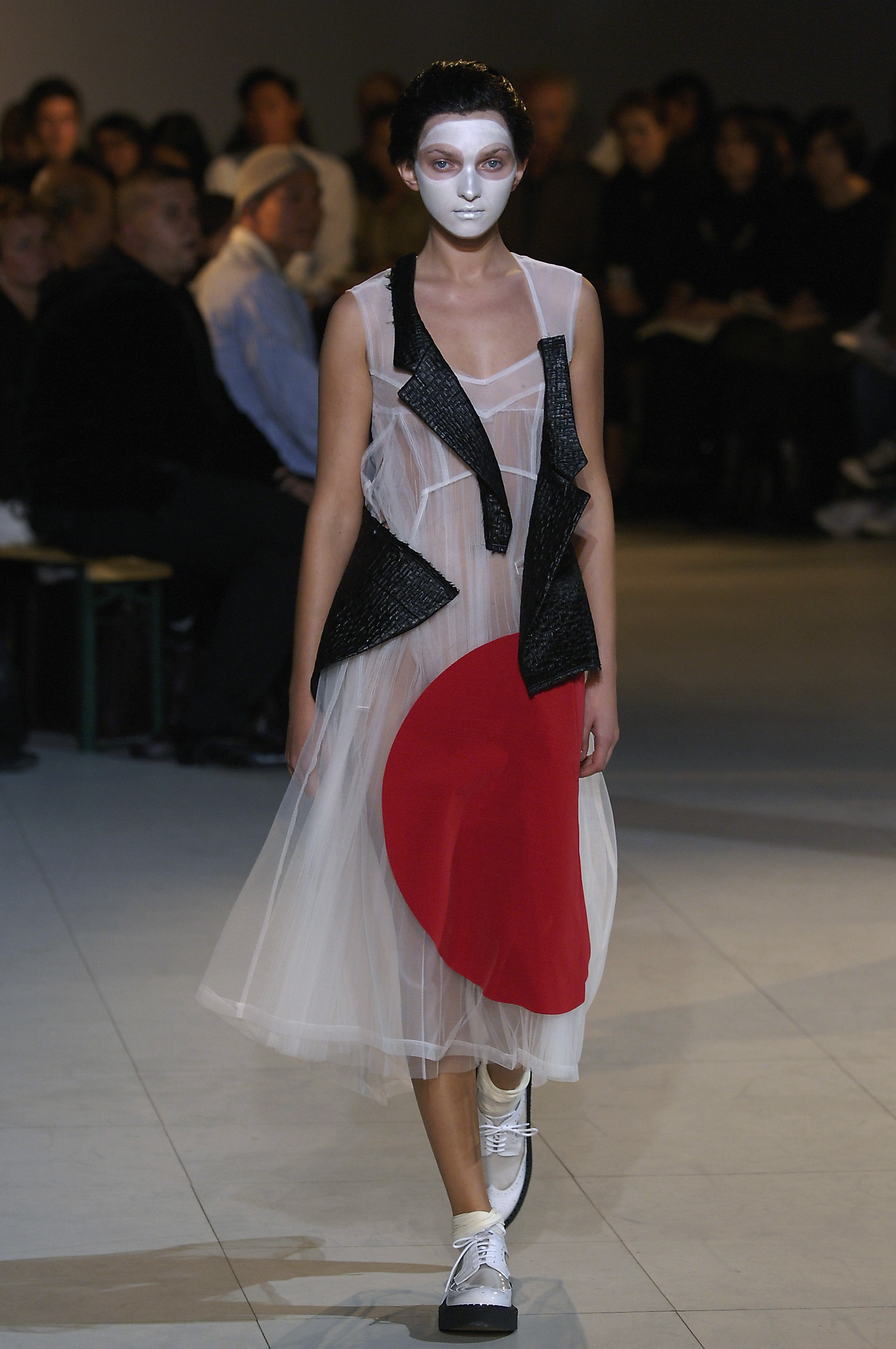
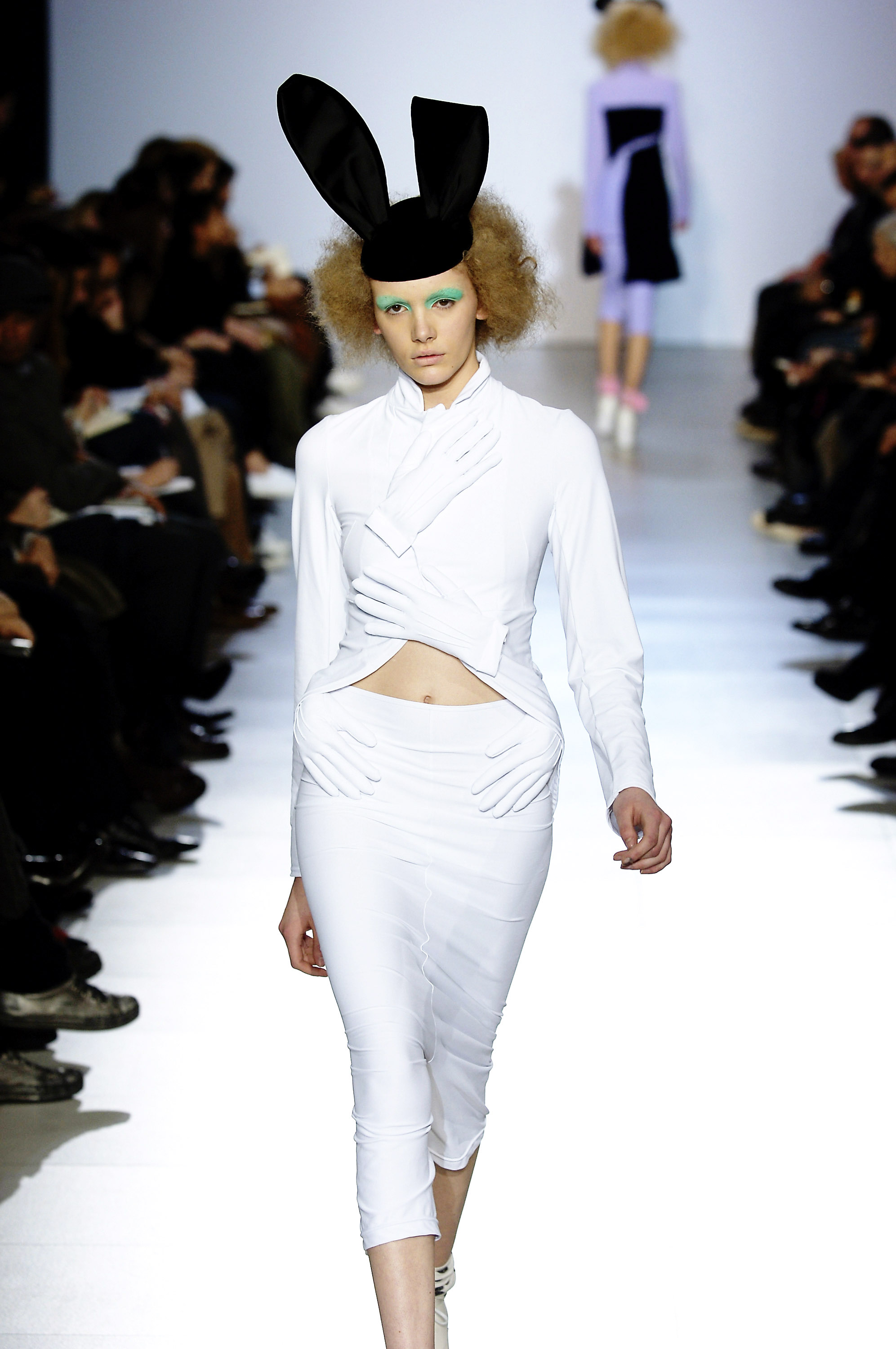
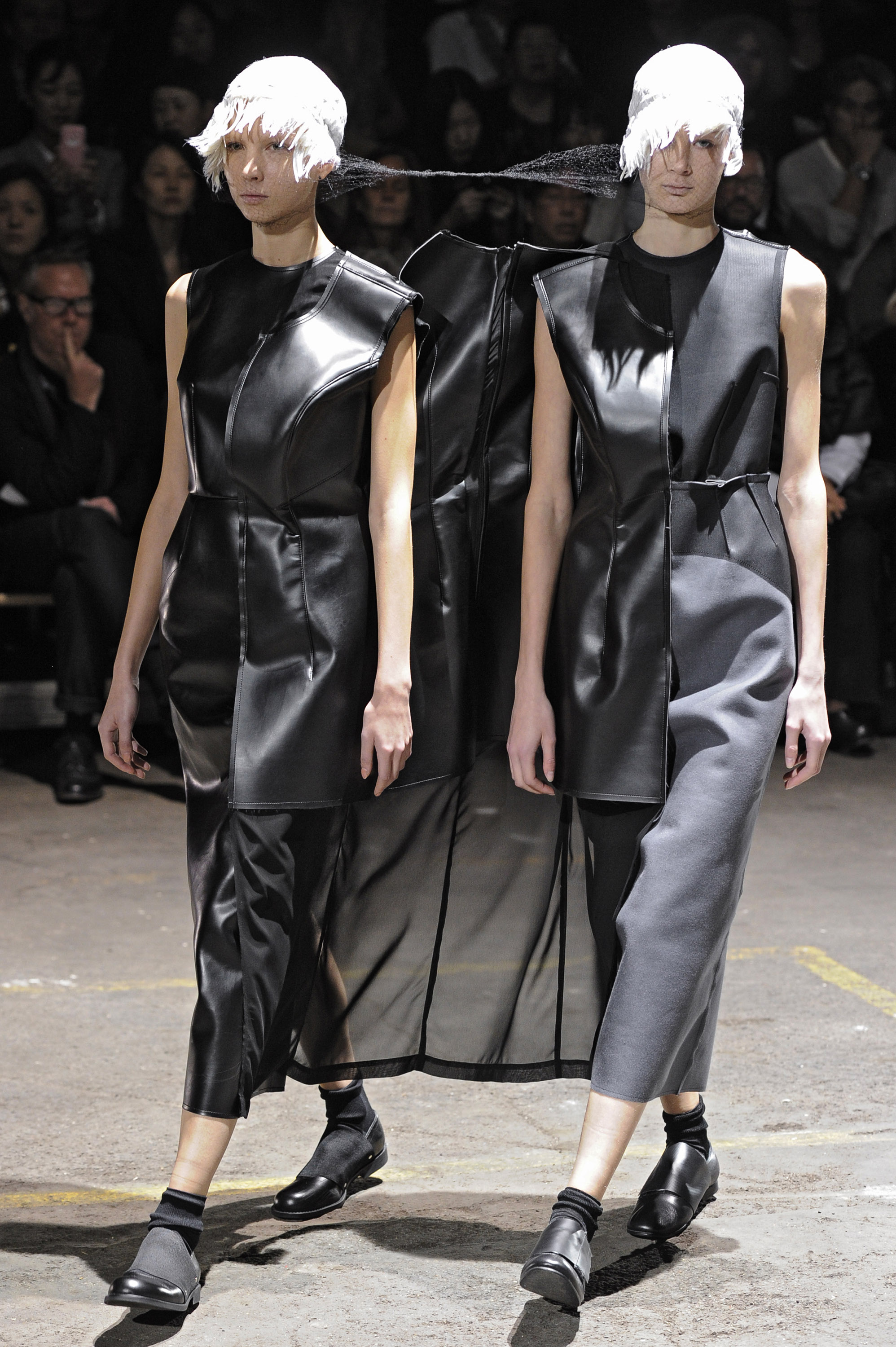
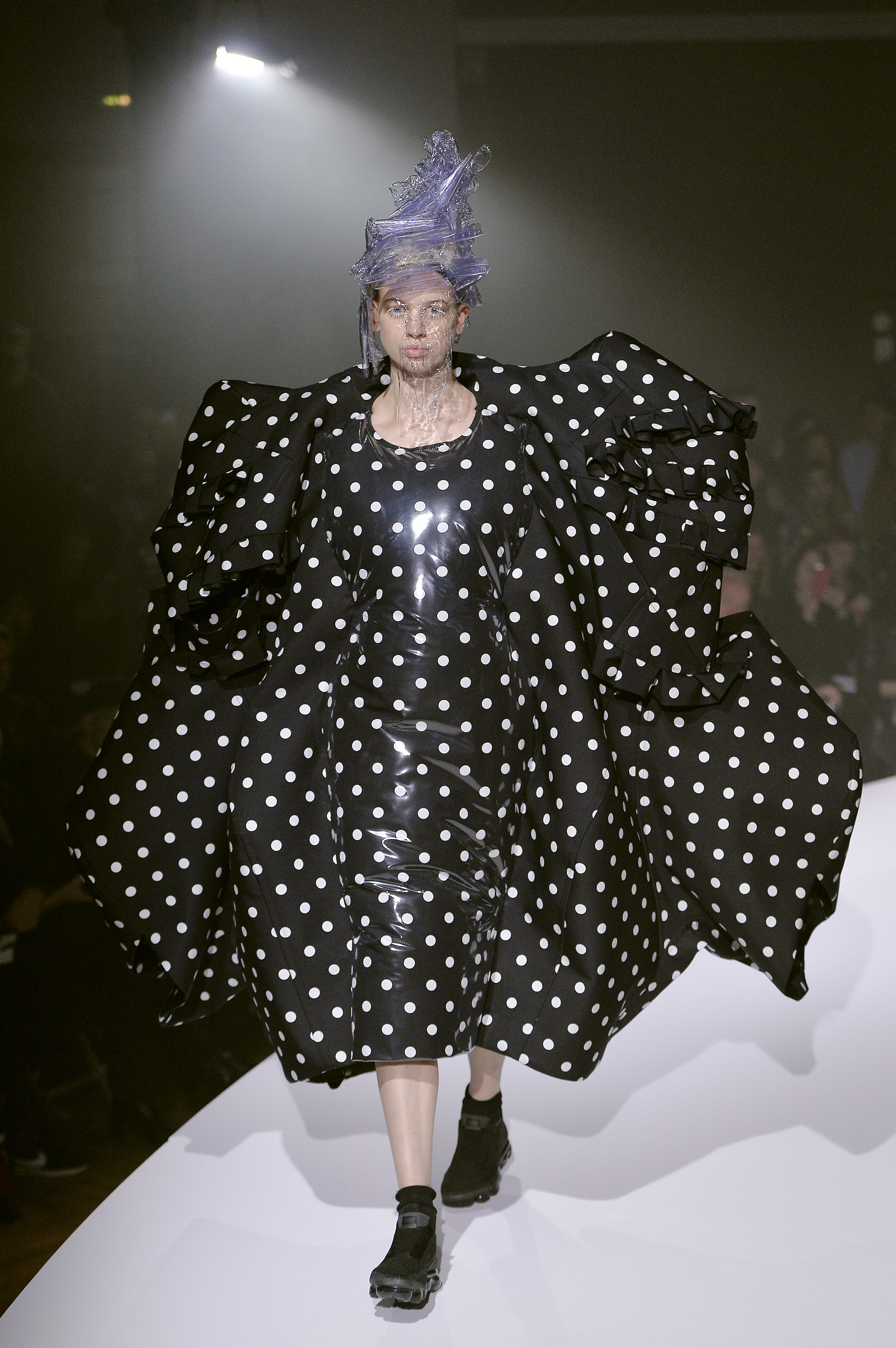





More Must-Reads from TIME
- Breaking Down the 2024 Election Calendar
- How Nayib Bukele’s ‘Iron Fist’ Has Transformed El Salvador
- What if Ultra-Processed Foods Aren’t as Bad as You Think?
- How Ukraine Beat Russia in the Battle of the Black Sea
- Long COVID Looks Different in Kids
- How Project 2025 Would Jeopardize Americans’ Health
- What a $129 Frying Pan Says About America’s Eating Habits
- The 32 Most Anticipated Books of Fall 2024
Write to Cady Lang at cady.lang@timemagazine.com